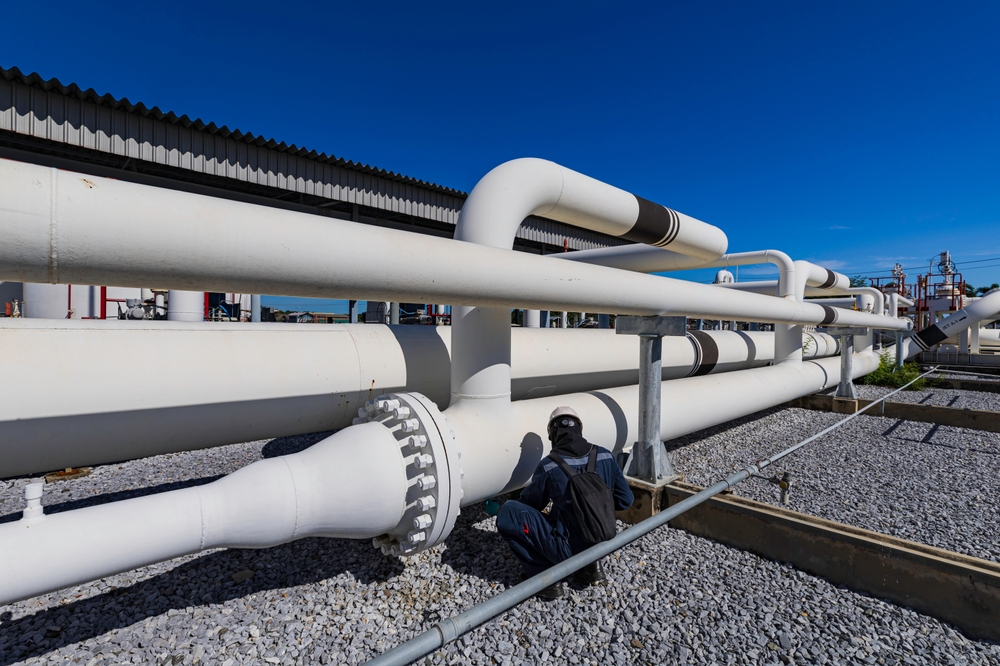Understanding the Purpose of Pipeline Cleaning
Pipeline systems are the beating heart of energy infrastructure. But over time, they accumulate debris—everything from dust and dirt to scale, wax, and liquids. Left unchecked, these materials slow flow, raise pressure, and force systems to work harder than they should. That’s where pipeline cleaning steps in—and not just any method, but one that’s precise, powerful, and proven.
In high-demand operations like natural gas transport, where flow velocity is already intense, operators often explore high velocity pipeline cleaning—but not in the traditional, uncontrolled sense. The real solution lies in regulated, Speed Control Pigging, which controls the speed that the cleaning tool travels through the pipeline.
Why Traditional High-Velocity Cleaning Isn’t the Answer
While “high velocity” may sound efficient, conventional high-speed cleaning comes with real risks. Pigs traveling too fast can skip over debris, bounce erratically, or even cause pipeline damage. The industry is increasingly moving away from uncontrolled velocity toward smarter, controlled-speed solutions that deliver consistent, efficient cleaning—without sacrificing pipeline health.
So When Does a Pipeline Need High-Velocity-Level Cleaning?
Despite the risks of uncontrolled velocity, pipelines still require cleaning methods that keep their operators safe and prepare the lines for in-line inspections like MFL or EMAT tools. Natural gas pipelines especially benefit from Speed Control Pigs that are engineered to operate in these environments safely. When deposits build up in a high-flow line, standard pigging tools can be overpowered by the gas flow, making them ineffective or prone to failure.
That’s the moment to deploy a controlled-speed solution that’s capable of navigating fast-moving gas lines with stability, efficiency, and safety.
Signs Your Pipeline Needs Speed-Controlled High-Velocity Cleaning
You don’t always see a problem until it becomes a failure. That’s why it’s critical to watch for these early indicators:
- Flow restrictions – If you’re pushing more pressure but seeing less output, internal buildup might be the culprit.
- Uneven pressure drops – Consistent drops in line pressure may point to debris accumulation or partial blockages
- Increased pig wear or stalling – If your pigs aren’t performing as expected, velocity misalignment is likely.
- Frequent maintenance cycles – Needing to clean or repair more often than usual? Your process may be inefficient or incomplete.
When these symptoms show up, it’s time to pivot toward a more robust pigging solution—one designed specifically for high-velocity gas environments.
How Speed Control Pigs Make the Difference
Unlike traditional cleaning pigs that depend on flow dynamics alone, Speed Control Pigs use internal mechanisms to self-regulate their speed. That allows them to maintain consistent contact with pipeline walls, applying uniform pressure for more effective cleaning. In essence, they do what high-velocity pigs try to do—just better, safer, and smarter.
They’re ideal for natural gas pipelines because they don’t fight against the flow—they work with it, adjusting dynamically as conditions change. That’s especially important in systems where even slight velocity shifts can throw off cleaning precision.
The Inline Services Advantage
At Inline Services, we don’t just manufacture pigs—we engineer complete cleaning solutions tailored for high-demand pipelines. Our Speed Control Pigging technology is purpose-built for natural gas systems that require precision, power, and protection.
We help you avoid the pitfalls of uncontrolled high-velocity pigging while still delivering the thorough cleaning your pipelines demand. That means fewer shutdowns, longer intervals between maintenance cycles, and optimized flow—all without compromising safety.
When Cleaning Becomes Critical
There are specific conditions that make advanced pigging more than just helpful—it becomes critical:
- Post-construction debris clearance – Removing weld slag, dust, or test water.
- Pre-inspection prep – Ensuring clean walls before deploying inline inspection tools.
- Post-operational cleanup – Clearing hydrocarbons or liquids after flow suspension.
- Seasonal or throughput changes – Adjusting systems for winter flows or increased demand.
These scenarios require not only a reliable pig but one that can withstand and operate within high-velocity conditions. That’s where Inline’s Speed Control Pigs prove essential.
What Happens If You Delay Cleaning?
Waiting too long to clean a high-velocity natural gas pipeline is like ignoring a ticking clock. Buildup doesn’t just affect flow—it strains equipment, increases the likelihood of corrosion, and raises the risk of unscheduled outages. Over time, it shortens the lifespan of the entire system and inflates operational costs.
So while cleaning may feel like a maintenance task, it’s a strategic investment in performance, safety, and reliability.
What to Expect During a Speed Control Cleaning Run
The process starts with a detailed pipeline assessment. We gather data on debris type, pipeline pressure, diameter, and flow characteristics. From there, we select the optimal pig model, configure it with tracking systems if needed, and launch the run under monitored conditions. The pig regulates its pace through the pipeline, removing buildup while keeping velocity in check. Post-run inspections verify that the cleaning was effective—and the pipeline is once again operating at its best.
Why Not Use Standard Cleaning Methods?
Standard pigs work great in low or moderate-flow environments. But once you enter the realm of high-velocity natural gas, standard methods can be overwhelmed. The pig may travel too fast, miss debris, or lose contact entirely. That’s not just ineffective—it’s inefficient and potentially damaging.
Speed Control Pigs, on the other hand, are the only tools proven to deliver consistent results in high-flow environments without relying on brute force. They bring a level of precision and reliability that traditional pigging simply can’t match in these conditions.
Bringing It All Together
Your natural gas pipeline is a critical asset. It deserves cleaning solutions that are just as advanced as the systems they serve. High-velocity pigging isn’t about pushing faster—it’s about cleaning smarter.
And that’s exactly what Inline Services delivers with our Speed Control Pigging technology—an intelligent, efficient alternative to traditional high-velocity cleaning.
Don’t wait for reduced flow or emergency shutdowns to tell you it’s time. Be proactive. Be precise. Be safe—with Inline Services.







